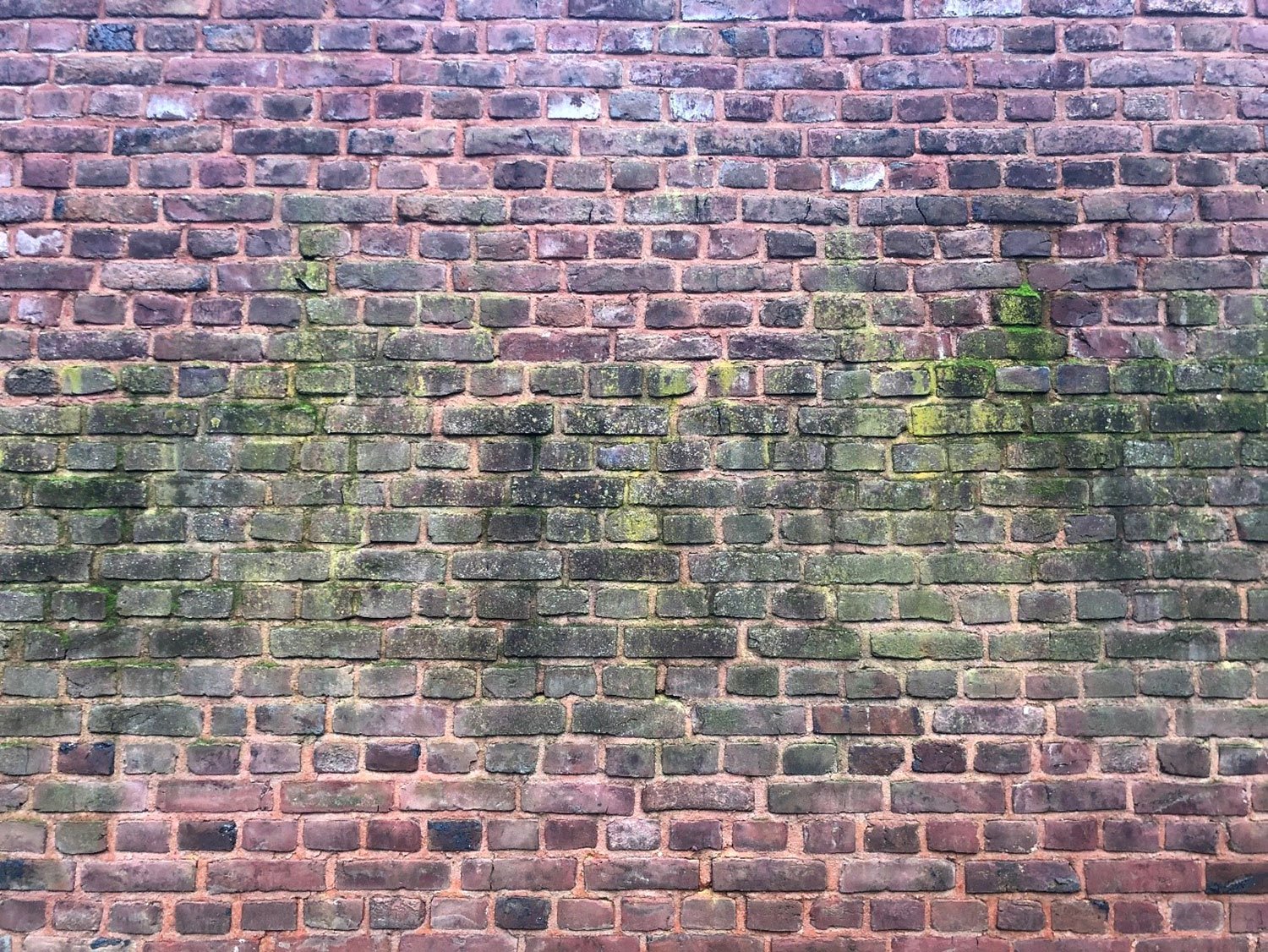For unloading, the tank car is transported from the station M.Gladbach am Speick to the company yard of Gebr. Overlack
1952 Transport of goods
Is progress linear? When it comes to transporting goods, there have certainly been better times than the present, with its seemingly endless columns of trucks on crowded highways. For decades, it was mainly freight trains that rolled through the German countryside, and rail sidings were widespread.
The " Bros. Overlack" benefit from the freight station "M.Gladbach am Speick", which is only 500 meters away. From here, the tank cars are transported to the company yard by tractor units and unloaded. A separate rail siding is not possible because Aachener Straße, the B 57 federal highway, lies between the station and the company.
Will this "combined transport" return soon in a more modern form? In terms of climate protection, this would be the most desirable future scenario, as freight trains produce eighty percent less CO² per ton kilometer than trucks.
Isolde Seidel poses as "Overline" on Rosenmontag 1954.
1953 „Overline“
On March 16, an attractive young woman joins the company ship. After graduating from high school and higher trade, she is looking forward to her first professional challenge. Isolde Seidel takes care of the correspondence and secretarial work for Heinrich Overlack, enchants her colleagues in the warehouse and turns the head of a young man who has just returned from his training mission to his father's company a few weeks earlier: Hans Overlack.
Heinrich (left) and Lutz Overlack in their joint office
1954 The Overlack brothers
In 1954, they had already been working together for 30 years, and so far they have complemented each other perfectly – Lutz is extroverted, jovial and sociable; his younger brother Heinrich is serious, strict and responsible. Heinrich's son Hans has been working in the company since March 1953, strictly following the guidelines set by his father and uncle for his apprenticeship years. And yet, before the foreseeable transition to the next generation, there is a dispute. Two from one family line at the same time in the company, Lutz thinks, is one too many. He is the senior and would like to pass this status on to his own son and successor, Eduard. But Eduard is 13 years younger than Heinrich's son Hans. An impossible task!
Isolde and Hans marry in November 1955
1955 Another wedding
In November 1955, Hans and Isolde marry. Lutz declares his nephew to be "unsuitable by reputation, education and character" to run the business of "Gebr. Overlack". The young couple avoids the impending dispute on the Lower Rhine by moving to Ludwigshafen. Hans takes over the new magnetophone tape division at BASF. The planned two years in the distance turn into eight. Their three children Peter (*1957), Anne (*1960) and Eva (*1962) are also born in the Palatinate. Isolde would prefer not to return at all.
1956 In the factory yard
No chemical trade without drivers! The gentlemen truck drivers proudly present their trinkets in the early 1950s. They always work in teams of two, responsible not only for the safe transport of the goods, but also for their proper unloading at the customers in the region.
In the company courtyard in 1950: the warehouse workers Toni Wagner, Jacob Simons and Fritz Nellen (from left)
© Mönchengladbach City Archive, photographer Armin Schwarzer
1957 The chimneys II
Back then, the chimneys were still smoking! In June 1957, Armin Schwarzer flies over Aachener Straße and takes this aerial photo, on which no fewer than seven factory chimneys rise into the sky. The "Gebrüder Overlack Chemische Fabrik" was just 35 years young and located on Aachener Straße in a comparatively empty, almost rural-looking urban landscape.
1958 Strauss & Overlack II
Already at the end of 1947, Lutz and Heinrich Overlack came to an agreement with Adolf Strauss, the former owner of the Strauss company in Erkelenz. At the beginning of 1948, Adolf Strauss returns to "his" company with a 50 percent share. Together with Heinrich Overlack, he becomes managing director of the tradition-rich agricultural trade, which is renamed from "Gebr. Overlack Zweiggeschäft Erkelenz" to "Strauss & Overlack". This reverses the Aryanization.
On the death of Adolf Strauss in November 1958, the Overlack brothers mourn "a man of rich experience and outstanding professional ability", of whom they bid farewell in "sincere gratitude".
1959 A factory that is not a factory
For a long time the "Chemical Factory" of the Overlack Brothers has been less a factory than a chemical trade. But a "factory" as a production facility, where production takes place and not just transshipment: that simply sounds better! Thus, contrary to the actual circumstances, the name is worn like a title of honor over the decades – also on this letterhead, which can be dated to the early 1950s.
Construction drawing from March 1959
1960 The Overlack House
In June 1960, the company moves into the new office building on Aachenerstrasse. Built on three levels in the architectural language typical of the time, the building provides space for 16 offices and two meeting rooms. For the first time in their many years of working together, the brothers Lutz and Heinrich are given their own offices. The building is not given the name Overlack House until decades later.
The Overlack Hous in December 2021
1961 … another brick in the wall …
In 1961, a wall is built in Berlin. It cements the division of Germany into two antagonistic worldview systems for almost three decades. The fraternal quarrel in the Rhineland will also continue to produce curious results. After Hans finally returns to the company in 1963, he denies his uncle direct access to the company premises after he retires to his retirement home in 1966. The passageway between the villa, the residence of Lutz Overlack, and the directly adjacent company yard is bricked up in an overnight action. This is how it remains for about 40 years ...

























